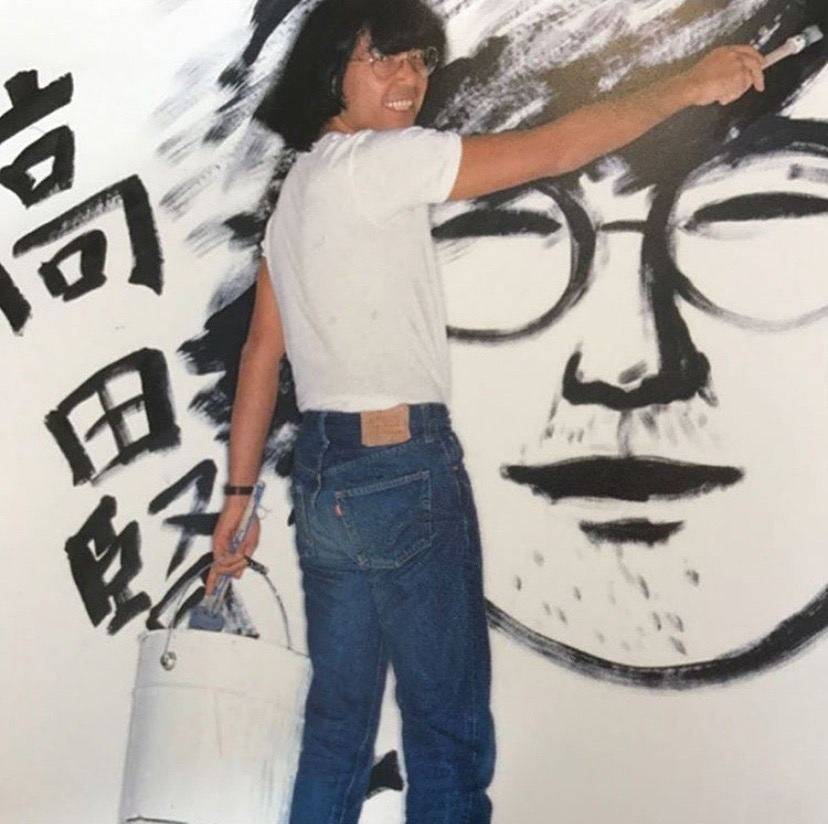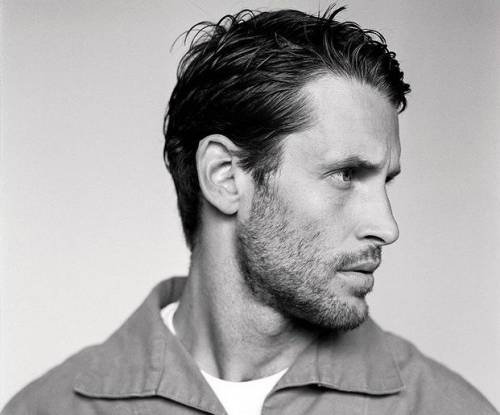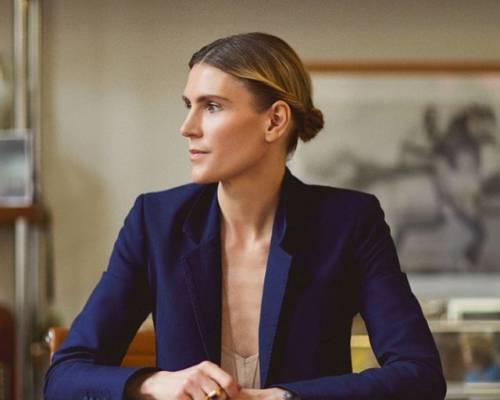Kenzo: the Japanese perspective on beauty and fashion

"Fashion is like eating. You shouldn't stick with the same menu."
Kenzo Takada
Посмотреть эту публикацию в *******
Reading through his sister's magazines, young Kenzo Takada couldn't imagine that in some years he would have been among the very first male students of Tokyo's Bunka Fashion College. In the late 1950s, he has already begun designing those women's outfits from the fashion pages in the Tokyo department store. But very soon Takada's fascination with Yves Saint Laurent diverted his life. As it is said, all fashion roads lead to Paris. To reach his final destination in 1965, the aspiring Japanese designer had to spend a month on a boat.
Посмотреть эту публикацию в *******
Paris didn't welcome Kenzo Takada too friendly. The man in his 30s had to sell his designer sketches before a chance encounter granted him a life-changing opportunity. It was in 1970 when a woman offered Takada to rent a tiny space in the Galerie Vivienne for a moderate price. The premises for the style of the future brand could be already seen in the design of Takada's shop called "Jungle Jap." The boutique's tropical decor was built upon the art of the post-impressionist painter Henri Rousseau.
Посмотреть эту публикацию в *******
Посмотреть эту публикацию в *******
There, with a tight or nearly no-budget, the creative mind managed to organize his very first high-quality cotton collection as well as its fashion show. The pieces caused the mighty furor: constituting the European and Eastern design's mixture. No doubt, the bright traditional Japanese motifs were received by the Parisian audience with great enthusiasm. Moreover, the loose and bulky silhouettes offered a breath of fresh air for tightened in the skinny garments Europeans. 1976 became the birth year of the very "Kenzo" that all world knows now.
Посмотреть эту публикацию в *******
Kenzo-the-designer traveled the world to understand different cultures and peoples. This collected knowledge he put into the ethnic prints, patterns, and textures, the brand's trademark. From the 1980s, as the label became more known, it expanded its lines to the men's, children's, homeware, and even perfume.
From 2008 until 2011, the creative director of the brand was Antonio Marras. In line with Kenzo's image, his collections integrated the world cultures from the desert explorers to the romance with Mother Russia.
Посмотреть эту публикацию в *******
He was followed by the Asian- American co-creative directors Carol Lim and Humberto Leon. It was their duo that resurrected the brand, giving its modern place on the Haute Couture arena. The most-recognized embroidered or painted tigers and the glittering "evil eyes" print were the ideas of Lim and Leon.
Посмотреть эту публикацию в *******
Felipe Oliveira Baptista, coming from Portugal and previously leading Lacoste, has been directing the brand since 2019. "Kenzo is all about contagious freedom and movement. Kenzo's constant celebration of nature and cultural diversity has always been and remains at the heart of the brand," Baptista reassured the public in his respect to the brand's DNA. However, the designer, as it often happens, wanted to introduce something original. So, the brand got the new logo "designed as a construction game."
Посмотреть эту публикацию в *******
Посмотреть эту публикацию в *******
The Kenzo of 2020 is the label that celebrates the joy of life, the spirit of youth, and love for nature and the Earth. Not like others, it continues the tradition of floral and jungle prints, combining it with an urban style, carefully listening to the voice of the generation.
Посмотреть эту публикацию в *******
Read also:
Jimmy Choo: how to conquer the world with a shoe
Givenchy: the art of dressing women
By Giorgio Armani: from clothing lines Emporio, Exchange and Junior to homeware, sweets and hotels


